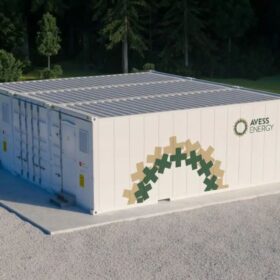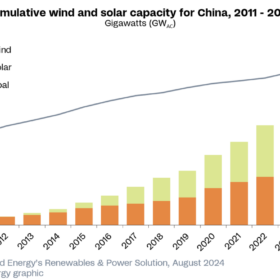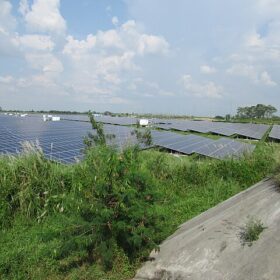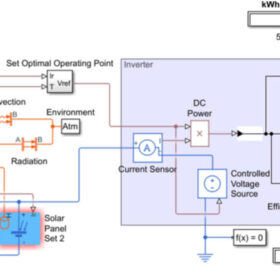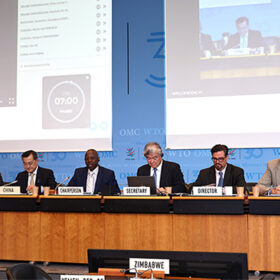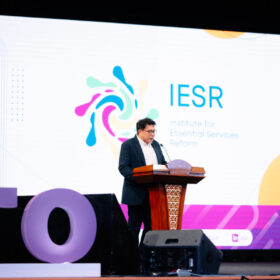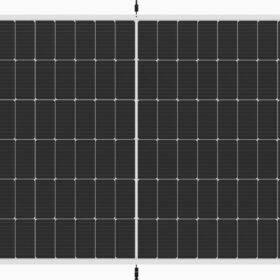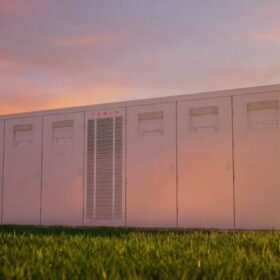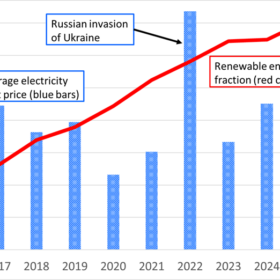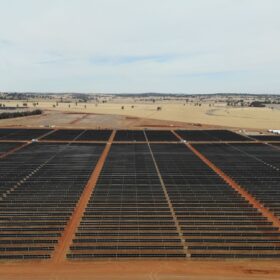Perth flow battery maker signs deal to build vanadium plant in South Korea
Western Australian vanadium flow battery company Avess Energy has inked a deal to build a 500-tonne electrolyte manufacturing plant in South Korea as part of plans to strengthen its position in the global energy storage market.
Solar, wind capacity surpasses coal in China
Research consultancy Rystad Energy is predicting solar power will become China’s primary source of electricity by 2026, after the combined capacity of the country’s deployed solar and wind power overtook coal for the first time in June.
ClearVue integrated solar window tech cracks Middle East construction market
Smart building materials company ClearVue Technologies has cracked the Middle East and Indian construction markets after signing a five-year agreement with Qatar’s largest glass and façade manufacturer.
Philippines announces renewables, energy storage auction
The Philippines’ Department of Energy has said that energy storage and maximising the country’s existing renewable energy infrastructure will be a major theme for its next green energy auction. GEA-4 will take place in the final quarter of 2024.
New model to identify optimal power sizing ratio for solar inverters
Researchers in Malaysia have proposed a new approach to identify the optimal power sizing ratio to balance PV energy capture with inverter costs. The calibrated model is said to accurately reflect the relationship between inverter efficiency and real-world system behavior.
WTO accuses China of low transparency on state subsidies, including solar
The World Trade Organisation Secretariat has criticised China for an alleged lack of transparency in its state support framework and has urged the nation to improve its subsidy notification process.
Singaporean startup achieves 22.6% efficiency for perovskite solar module
Singfilm Solar said the result has been certified by China’s National PV Industry Measurement and Testing Center.
Indonesia to permit power wheeling
Indonesia’s new renewable energy bill will include legislation allowing power wheeling, enabling private companies to sell electricity directly to end consumers via networks owned by the state-run electricity company.
Anker launches new all-in-one home storage solution
Chinese electronics manufacturer Anker has developed a new all-in-one home storage solution with up to 30 kWh of capacity, available in single-phase and three-phase configurations.
GoodWe unveils double-glass TOPCon bifacial solar modules
GoodWe has developed new double-glass tunnel oxide passivated contact (TOPCon) bifacial solar modules for its Polaris series, available in 530 W and 580 W variants.
